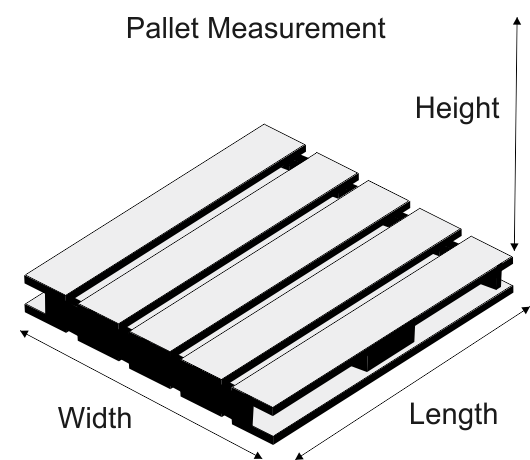[ps2id id=’faq’ target=”/]
FREQUENTLY ASKED QUESTIONS
WE ANSWER ALL THE COMMON QUESTIONS INVOLVING NATION WIDE TRANSPORT.
What is the difference between Dead Weight and Volumetric (Cubic) Weight and how do I calculate it?
Dead Weight refers to the actual/real weight of the package including the pallet it is being carried on (The standard weight of an Australian pallet is generally between 40-50kgs and is 15cm high).
Cubic Weight, also known as dimensional weight refers to the actual size of the package. It is calculated by using a formula which multiplies the length width and height of the package by a cubic conversion factor. The most common cubic conversion factor used in Australia is 250kg/m3.
Carriers charge on the greater of the Dead Weight or the Cubic Weight of an item which is being sent.
Please note the following as an Example:
The Dead Weight of a particular item is 500kg (450kg item + 50kg approximately for the pallet).

To find the Cubic Weight of the same item we multiply the dimensions of the package followed by the cubic conversion factor of 250kg/m3.
That is: (L x W x H) x 250
Dimensions
Length: 1.2m (120cm)
Width: 1.2m (120cm)
Height: 1.8m (165cm for the item + 15cm for the height of the pallet)
1.2m x 1.2m x 1.8m x 250 = 648kg Cubic
In this case, the chargeable weight for this item will be the cubic weight at 648kg as opposed to the dead weight of the item which was 500kg.
A helpful tip is to try and pack your goods as densely as possible in order to try and minimize cubic charging.
What goods are prohibited to transport with Domestic Freight Express?
Domestic Freight Express does not handle any item that is classified as explosives, live animals or any illegal contraband’s.
How should I prepare my goods so that they are ready for transport?
It is important to make sure all items that are being transported is tightly packaged and properly sealed in a solid cardboard box in order to minimize item movement while it is being transported. Bubble wrap and foam inserts are ideal to fill the inside of the packaging in order to protect your goods. With regards to Palletized goods, it is important to stack items within the parameters of the pallet itself to avoid any damages. ‘Brick-stacking’ your items onto the pallet will increase stability during transit and shrink wrapping the pallet will make the load reach its destination safely and securely. Please note it is also important to ensure that the following is clearly visible on your packaging: sender;s details, receiver’s details, a description of goods and the consignment label.
How do I complete a Consignment Note?
Login to your account at DFE & create a consignment note by following our step by step instructions. If you do not have an account with Domestic Freight express please feel free to contact us to see what Domestic Freight Express can do for you. Please use our OPEN AN ACCOUNT Tab in the navigation bar above.
Generally speaking, a Consignment Label should include the following in order to facilitate delivery and help the charging process:
 Senders name and address completed in full,
Senders name and address completed in full,
 Receivers name and address completed in full,
Receivers name and address completed in full,
 Special Pick-up and/or delivery instructions (if any)
Special Pick-up and/or delivery instructions (if any)
 Description of goods to be transported
Description of goods to be transported
 Number of items (Pallets, Skids, Cartons or Satchels)
Number of items (Pallets, Skids, Cartons or Satchels)
 Weight of each item,
Weight of each item,
 Cubic dimension of each item (length, width and height), &
Cubic dimension of each item (length, width and height), &
 Account to be charged.
Account to be charged.
-
Warehouse 8C 81-85 Roberts Road, Greenacre NSW 2190
-
23 Efficient Drive, Truganina VIC 3029
-
2 Australand Drive, Berrinba QLD 4117
-
4 Birralee Road, Regency Park SA 5010


